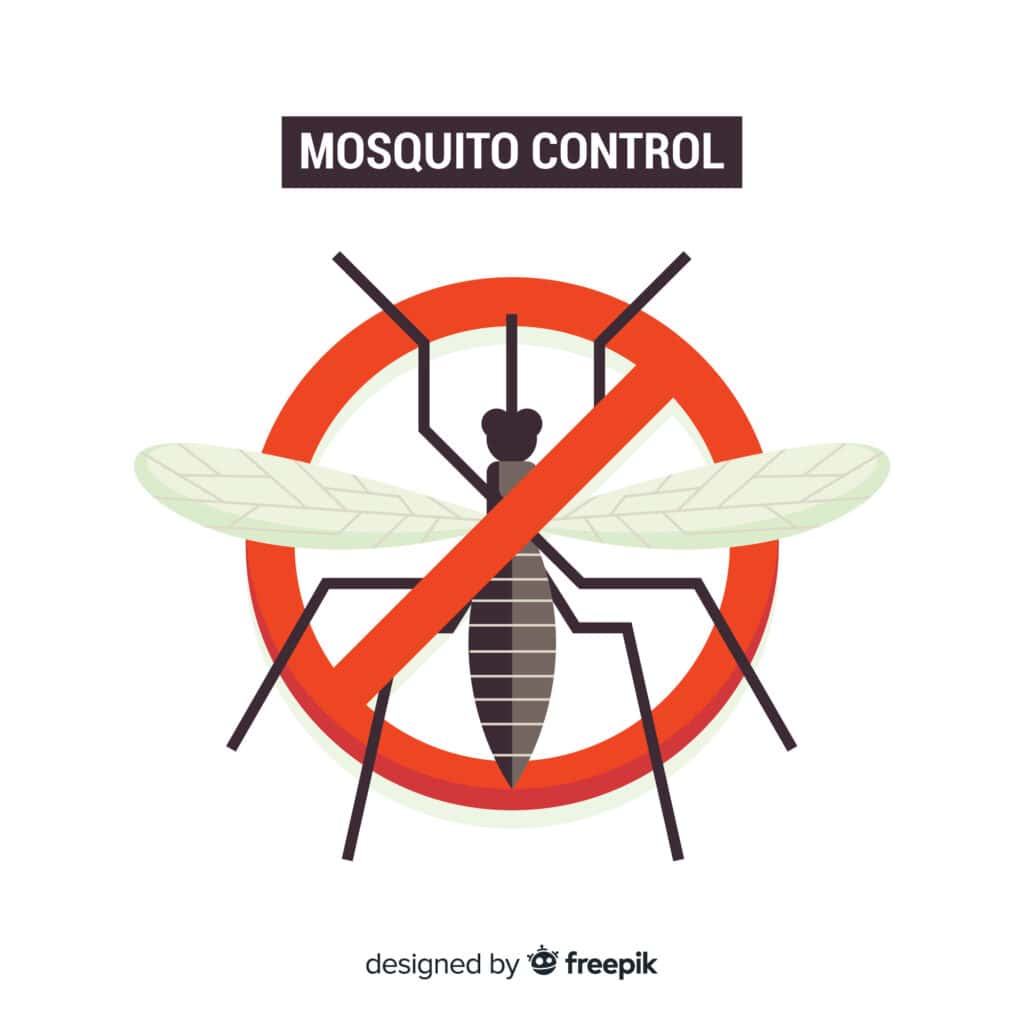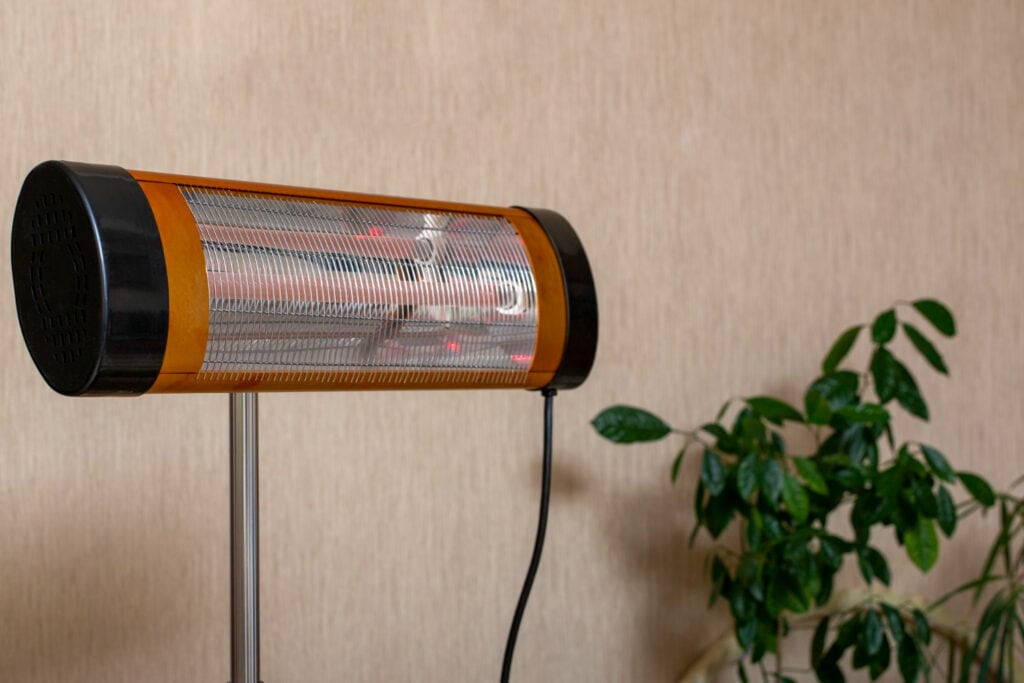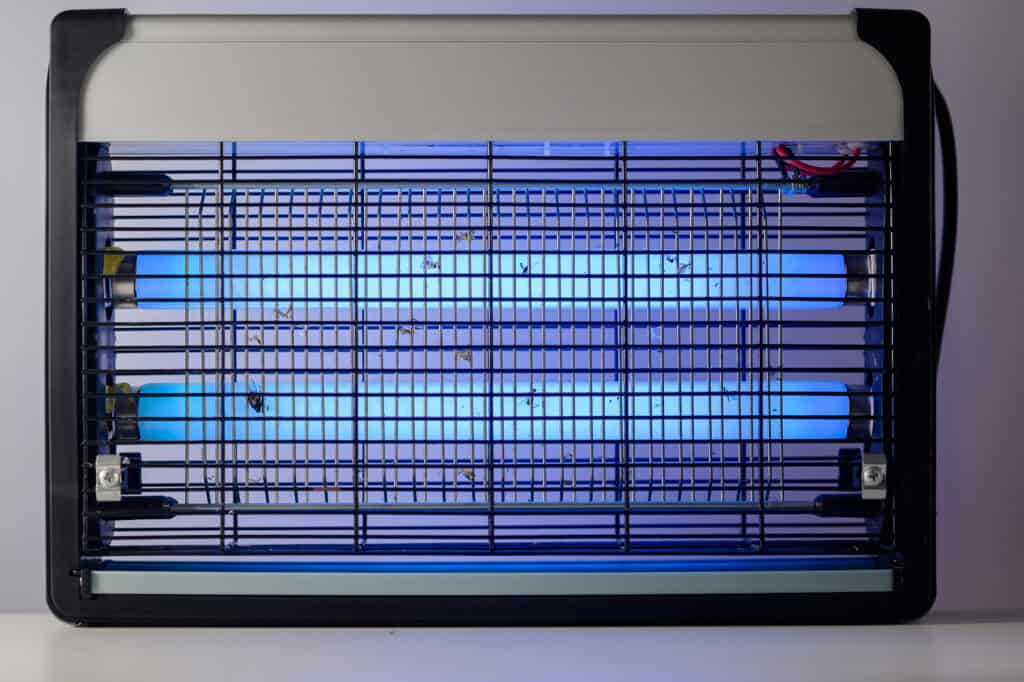Bug Zapper Electricity Use
Ever since those annoying insects started ruining my summer evenings, I've been on the hunt for a solution. That's when I stumbled upon bug zappers. They seemed like the perfect fix, but as someone who's always mindful of my electricity bill, I began to wonder about their energy consumption. Here, I'm sharing what I've learned about the power use of these devices, so you can decide whether it's the right fit for both your peace of mind and your wallet.
What is a Bug Zapper?
A bug zapper, often referred to as an electric insect killer or electrocution trap, is an electronic device designed to attract and kill flying insects, such as mosquitoes, flies, and moths. It operates by emitting ultraviolet (UV) light, which is irresistible to many insects. As these insects approach the light, they come into contact with an electrically charged grid, which instantly electrocutes them.
The device is commonly hung or strategically placed in outdoor or indoor areas where insects are particularly bothersome. Unlike sprays or lotions that rely on chemicals to deter insects, to get rid bug zappers provide a more environmentally friendly and chemical-free alternative, ensuring that your living or recreational spaces remain insect-free and comfortable.
How Does a Bug Zapper Work?
A bug zapper, commonly seen in both residential and commercial settings, operates on a relatively simple yet effective mechanism. At the heart of this device is a light source, usually ultraviolet (UV) bulbs, which emit a specific wavelength of light.
This UV light is especially enticing to a wide range of flying insects, such as mosquitoes, moths, and flies. As these insects are drawn towards the light, they are unknowingly led to an electrically charged metal grid surrounding the light source.
Upon touching this grid, the insects receive a high-voltage electric shock, powerful enough to kill them instantly. To ensure cleanliness and ease of maintenance, the zapper is usually designed with a collection tray at its base.
This tray catches the electrocuted insects, allowing for periodic emptying and cleaning. Furthermore, the device is strategically designed so that the electric grid is safely out of reach, preventing accidental contact by humans or pets. The combination of attraction and extermination offers an efficient means of reducing the insect population in a given area without the use of harmful chemicals.

The Energy Consumption of Bug Zappers
A bug zapper's energy consumption is crucial for those concerned with both operational costs and environmental impact. The power usage in these devices can be attributed largely to two primary components: the light source and the electric grid.
The Light Source
This is the most power-intensive part of the bug zapper. Older models of bug zappers predominantly used incandescent bulbs, which are less energy-efficient.
These bulbs usually consume between 20-40 watts. However, with advancements in technology, many manufacturers have shifted to LED lights for their bug zappers. LEDs are known for their longevity and energy efficiency.
They can provide the same amount of light as incandescent bulbs but at a fraction of the power. As a result, modern to build bug zappers equipped with LED lights typically use only about 2-10 watts.
The Electric Grid
The grid is responsible for delivering the lethal shock to the insects, but it's not always active. It only draws power when an insect comes in contact with it. Therefore, its energy consumption is sporadic and generally quite low, usually accounting for less than 2 watts.

Factors Affecting Electricity Use in Bug Zappers
When evaluating the energy consumption of bug zappers, several factors play a pivotal role in determining how much electricity these devices use. Here's an in-depth look at these aspects:
Type of Light Bulb:
The choice of the light bulb in a bug zapper is a primary determinant of its energy usage. Traditional incandescent bulbs, while effective, are notorious for consuming more power. In contrast, LED bulbs are more energy-efficient and also have a longer lifespan, making them a more sustainable choice. Fluorescent bulbs fall somewhere between the two, offering a balance between luminosity and energy conservation.
Size and Design of the Bug Zapper:
As you might expect, the size and overall design of a bug zapper correlate directly with its power usage. A larger bug zapper, designed to cover vast areas, will generally have a more extensive electric grid and possibly multiple bulbs, resulting in higher energy consumption. Conversely, smaller units designed for limited spaces will use less power.
Duration of Use:
The operational time of a bug zapper is directly proportional to its energy consumption. If a device is left on continuously, it will inevitably use more power. To reduce unnecessary energy usage, it's advisable to turn on the zapper only during peak insect activity times, such as during the evening for mosquitoes.
Advanced and Smart Features:
Technological advancements have ushered in a new era of bug zappers that incorporate intelligent features to optimize energy use. Some models come with motion sensors that activate the device only when insects are detected nearby, ensuring that power isn't wasted during inactive periods.
Others might be equipped with timers, allowing users to set operational hours that align with typical bug activity times, thus preventing the device from running round-the-clock. Additionally, adjustable light intensity settings in some models allow for flexibility in power usage based on the user's needs.
Ways to Minimize Bug Zapper Electricity Consumption
To ensure that your bug zapper remains an effective tool without excessively increasing your electricity bill, consider the following energy-saving strategies:
- Choose Energy-Efficient Bulbs: Many traditional bug zappers utilize incandescent bulbs which can consume more energy. By opting for modern bug zappers equipped with LED or fluorescent bulbs, you can achieve the same level of insect attraction while using a fraction of the electricity. These bulbs not only last longer but also require less power to operate.
- Integrate Timers or Sensors: Instead of letting your bug zapper run continuously, consider equipping it with a timer or a motion sensor. Timers can be set to activate the zapper during peak insect activity times, typically around dusk and dawn. Motion sensors, on the other hand, can turn on the zapper when they detect movement, ensuring that the device is active only when insects (or people) are nearby.
- Strategic Positioning: Efficient placement is crucial. By situating your bug zapper in high-traffic insect zones—such as close to sitting areas, water sources, or entrances like doors and windows—you concentrate its effect. This strategic placement might eliminate the need for multiple zappers, cutting down on overall energy use.
- Commit to Regular Maintenance: Like any electronic device, a well-maintained bug zapper operates more efficiently. Insects that accumulate on the electric grid or in the collection tray can impede performance. Ensure that you regularly empty the insect tray and gently clean the grid and bulb areas to remove any debris or build-up. This not only improves efficiency but also extends the lifespan of the device.
FAQs: Bug Zappers and Electricity Usage
1. Do bug zappers use a lot of electricity?
No, most bug zappers use a relatively small amount of electricity, comparable to that of a light bulb. The exact consumption will vary based on the model and size, but in general, they are not significant energy consumers.
2. Should you leave a bug zapper plugged in all the time?
It's not necessary to leave a bug zapper plugged in 24/7. Keeping it plugged in constantly may lead to faster wear and tear of the unit and waste electricity when there are no bugs to zap, especially during the day.
3. Are fly zappers expensive to run?
Fly zappers or bug zappers are generally not expensive to run. Their electricity consumption is low, making the cost to operate them minimal. However, costs can vary based on local electricity rates and the specific model's energy consumption.
4. How much voltage does a bug zapper use?
Bug zappers typically use a high voltage (in the range of a few thousand volts) to electrocute bugs, but the current is very low, making them safe for humans. The exact voltage will vary by model.
5. Should you run a bug zapper day or night?
It's most effective to run a bug zapper during the night. Many biting insects, like mosquitoes, are most active during dusk and nighttime. Moreover, the UV light emitted by the zapper is more attractive to bugs in the dark.
6. How much electricity does a bug zapper use?
The electricity consumption of a bug zapper typically ranges from 15 to 80 watts, depending on its size and design. To determine the exact consumption of your device, you'd need to check its specifications or manufacturer details.
Conclusion
After diving deep into the world of bug zappers, I've genuinely been enlightened about their electricity usage. It's reassuring to know that these devices, while effective in keeping those pesky bugs at bay during my cherished summer evenings, won't cause a significant spike in my electricity bill.
Armed with this knowledge, I now feel confident in making an informed choice that aligns with both my comfort needs and energy-saving goals. So, for anyone else out there feeling the bane of relentless insects and weighing the pros and cons of bug zappers, I'd say give it a go. With a little research and mindful usage, you can enjoy those bug-free evenings without any added guilt.

